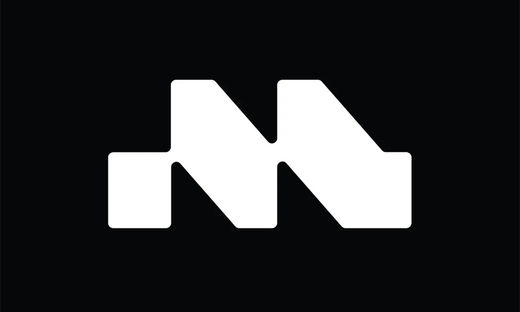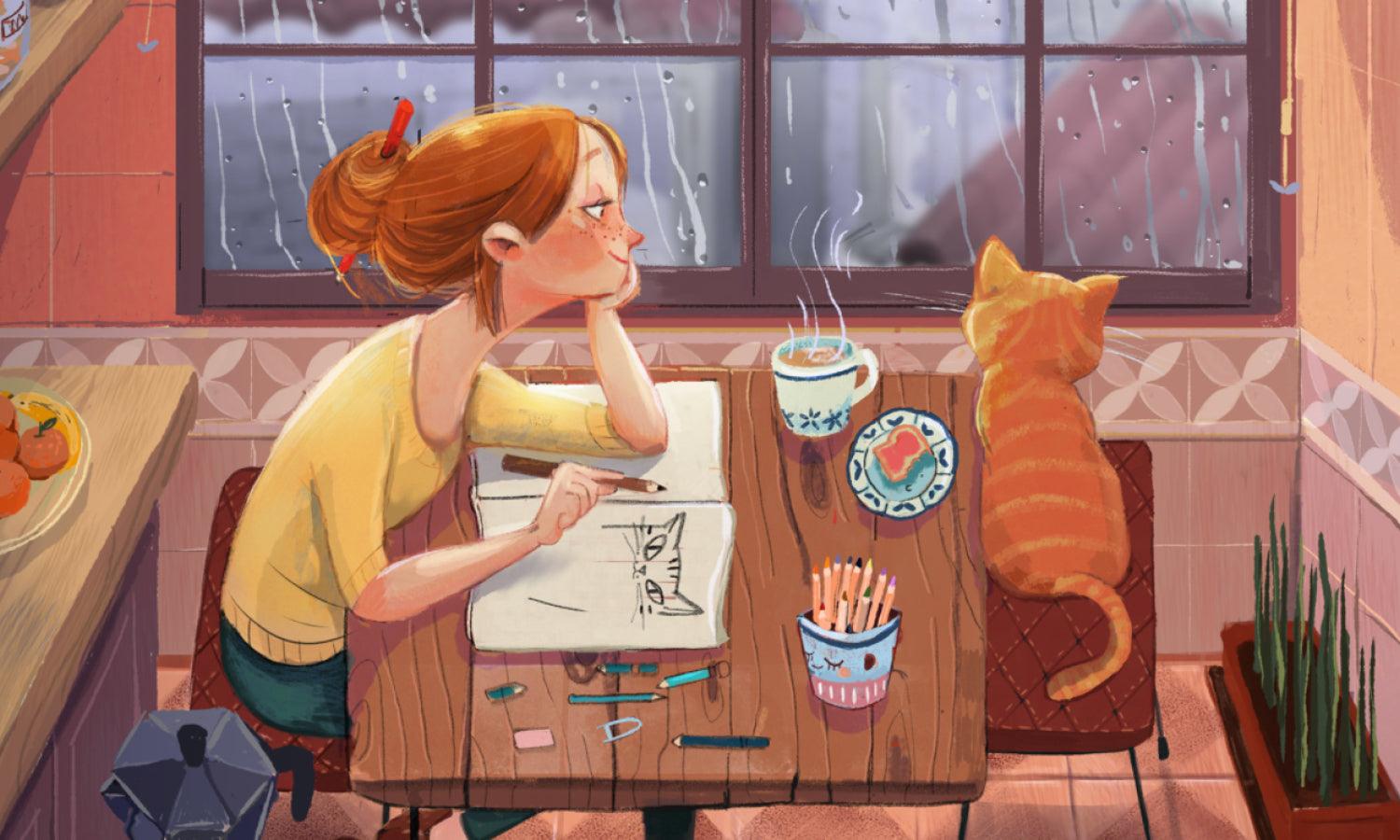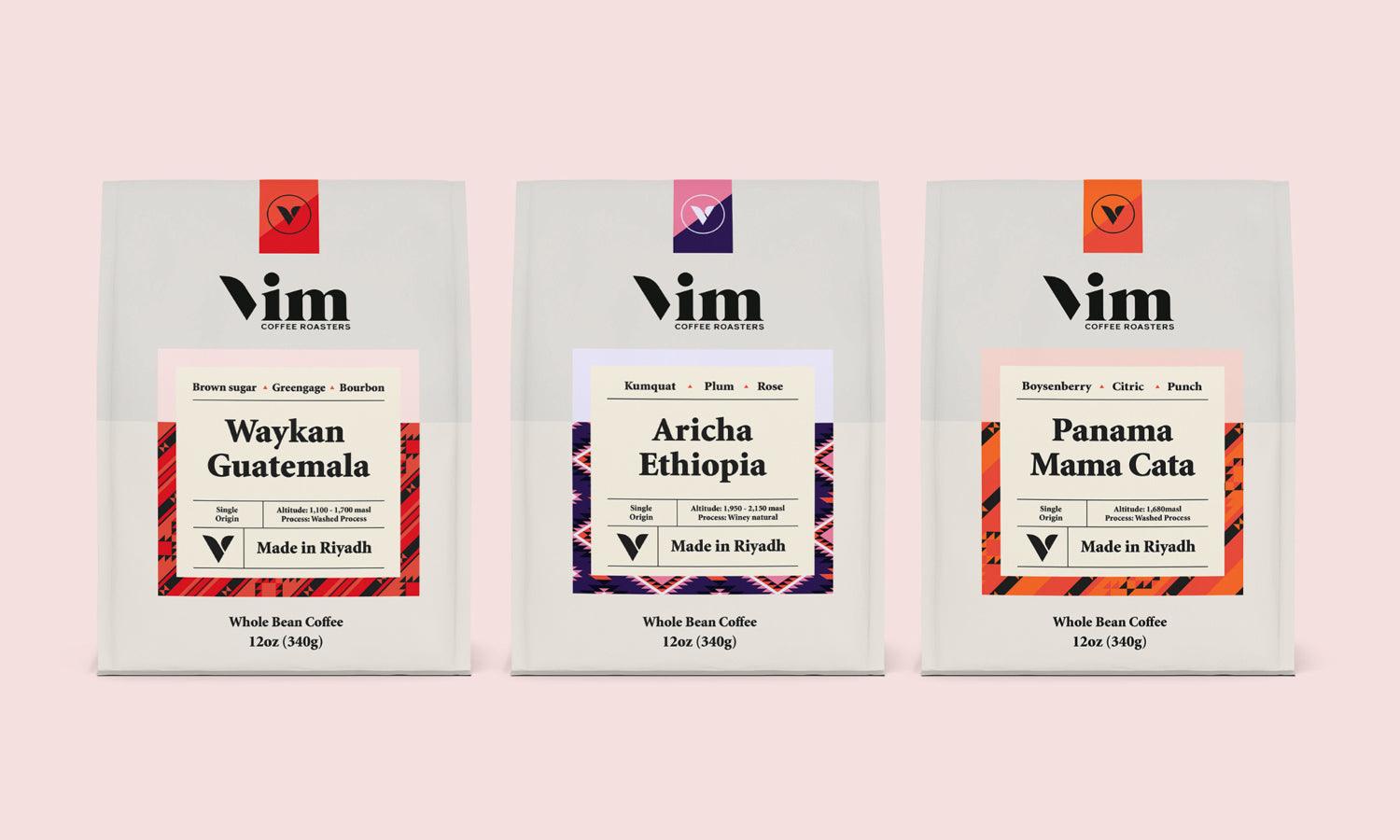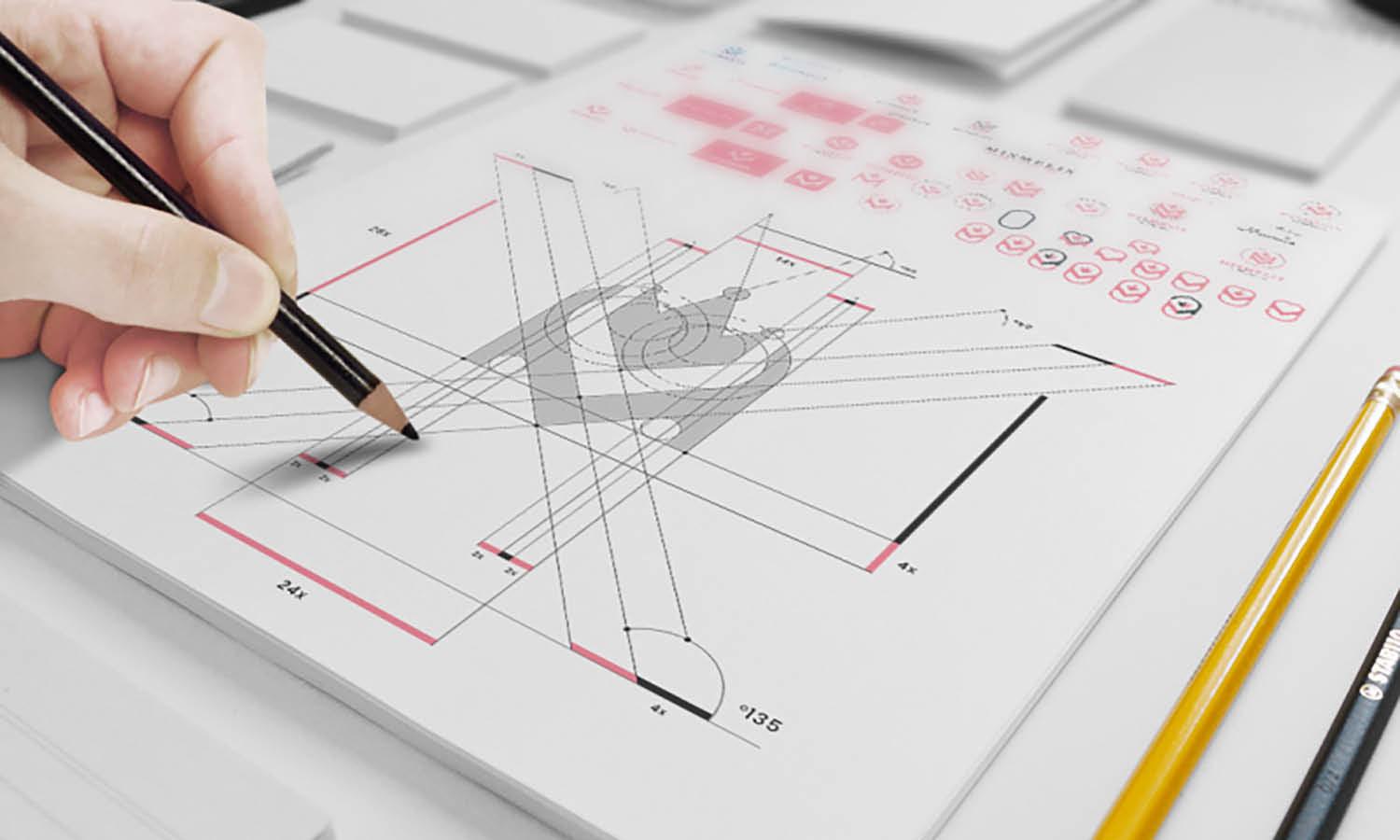10 Steps To Design Your Own Advertising Posters

Source: Omni Design, RPB- Sport Legal, Behance, https://www.behance.net/gallery/143925437/RPB-Sport-Legal
Advertising posters are a timeless and powerful tool for promoting events, products, and messages. They blend visual appeal with concise information to capture attention quickly, making them ideal for communicating to a wide audience. In today's fast-paced world, where consumers are constantly bombarded with information, an effectively designed advertising poster can be the difference between making an impact and being overlooked.
Designing an advertising poster may seem challenging, especially for those without formal design experience. However, with a thoughtful approach and the right techniques, anyone can create a poster that stands out. The key is understanding the elements that make a poster not only visually appealing but also effective in delivering its message. From selecting the right colors and fonts to incorporating visuals that enhance rather than distract, every detail counts in the final product.
In this guide, we’ll walk through ten essential steps to help you design your own advertising posters. These steps provide a clear pathway, whether you're creating posters for a small business, a local event, or a personal project. Delve in and discover how to make a memorable poster that commands attention and delivers your message effectively.
Define Your Target Audience
One of the most crucial first steps in designing effective advertising posters is defining your target audience. Knowing your audience is the foundation of any successful design project, as it shapes how the poster communicates and engages. Your target audience could vary widely, from teenagers and young adults to business professionals or local community members. Each group has distinct preferences, visual expectations, and communication styles, which directly influence design choices.
Start by identifying the demographics of your audience, including age, gender, profession, interests, and lifestyle. For example, a poster promoting a music festival aimed at young adults may benefit from vibrant colors, bold typography, and dynamic images, while a poster targeting professionals might require a more refined and minimalist approach.
Psychological factors also play a role in audience perception; certain color schemes and font styles resonate better with different age groups or cultural backgrounds. Understanding your audience helps you create a poster that speaks directly to their preferences and motivates them to engage with your message.
Establish a Clear Message
A well-defined message is the backbone of any successful advertising poster. Clarity is key; your audience should understand the purpose of your poster within seconds of viewing it. To achieve this, start by identifying the core message you want to convey. This could be an invitation to an event, a promotional offer, or a call to explore a new product. Keep your message straightforward and focused—advertising posters are typically viewed quickly, so simplicity helps communicate effectively.
Once you’ve pinpointed your message, structure it in a way that makes it easy to understand at a glance. For instance, a headline or primary statement should be bold and prominent, making it the focal point of the poster. Supporting details, such as dates, locations, or brief descriptions, can be included in smaller text or secondary areas, ensuring that the main message remains the focal point.
Additionally, use concise language and avoid overloading the poster with unnecessary information. Every word should contribute to delivering the message effectively. A clear, powerful message guides viewers to respond, whether that means attending an event, visiting a store, or engaging further. In short, defining a clear, impactful message not only makes the design more cohesive but also ensures the advertising poster achieves its intended goal.
Choose an Eye-Catching Visual
An eye-catching visual is often the defining element of successful advertising posters, drawing viewers in and capturing attention instantly. The choice of visual should be compelling, relevant, and reflective of the message you want to convey. It could be a high-quality photograph, a bold illustration, or a unique graphic that aligns with the poster's purpose. For instance, an advertising poster promoting a travel destination might feature an alluring landscape photo, while a concert poster may benefit from a dynamic illustration of the performer.
Visuals serve not only to attract attention but also to communicate the theme or mood of the message. When selecting your visual, consider what will resonate with your target audience and support the poster’s main message. The visual should be striking enough to stand out but simple enough not to distract from other elements, like text or logos.
Additionally, ensure that the visual quality is high, especially for large-format posters where pixelation can become an issue. Crisp, clear images make a poster appear more professional and credible. A powerful visual adds emotional appeal and can help the poster linger in viewers’ minds long after they’ve seen it.

Source: YNL Design, Voithru Corporate Identity, Behance, https://www.behance.net/gallery/142073155/Voithru-Corporate-Identity
Select a Strong Color Scheme
Color selection is a fundamental aspect of designing advertising posters, as color sets the tone and can evoke specific emotions in the viewer. Choosing a strong color scheme can help make your poster more visually appealing and effective. Start by considering the emotions or associations you want the colors to convey. For example, bright and bold colors like red, yellow, or orange create a sense of excitement and energy, making them suitable for entertainment or promotional posters. In contrast, muted tones or shades of blue and green often evoke calmness and reliability, which might be more appropriate for professional or health-related advertising.
When creating your color scheme, it’s essential to use colors that not only attract attention but also complement each other. Limiting the palette to two or three main colors can help avoid overwhelming the viewer, creating a cohesive look that’s easy on the eyes. Additionally, consider using contrasting colors for text and backgrounds to ensure readability. For example, dark text on a light background or vice versa can make the information easier to read.
Effective color choices help guide the viewer’s eye to key areas, such as the headline or call-to-action, enhancing the overall impact of your advertising poster. In short, a well-thought-out color scheme can transform your poster into a visually engaging piece that reinforces your message and captures the attention of your audience.
Opt for Readable Fonts
Font choice plays a vital role in the effectiveness of advertising posters. Readability should always be the primary consideration when selecting fonts, as viewers must be able to quickly absorb the message. In advertising posters, large, bold fonts are ideal for headlines, as they grab attention and are easily legible from a distance. For supporting text, choose a complementary font that is clean and simple, avoiding overly decorative or intricate styles that can compromise readability.
Limiting the number of fonts used is also crucial for a cohesive design. Two fonts—one for the headline and one for the body text—are usually sufficient. Too many different fonts can create visual clutter and make the poster look unprofessional. Consistency in typography helps guide the viewer’s eye through the content in a structured, logical way.
Another important aspect is font size. Headlines should be large enough to catch attention, while body text should be appropriately sized for easy reading, even at a glance. Consider the viewing distance of your audience and adjust font sizes accordingly. Additionally, ensure there is adequate spacing between lines of text to enhance readability.
Incorporate a Call-to-Action (CTA)
A clear call-to-action (CTA) is essential in advertising posters, as it encourages viewers to take the next step after seeing your message. The CTA should be simple, direct, and aligned with the poster’s purpose, guiding viewers toward a specific action. Common CTAs include instructions to “Visit Our Website,” “Call Now,” “Join Us,” or “Learn More.” The language should be compelling yet straightforward, motivating viewers to engage further with your brand or event.
Placement is key for an effective CTA. Position the CTA prominently, either near the bottom or in a central location, where it’s easy to spot. It should stand out but not overshadow the main message. Utilizing contrasting colors or bold typography for the CTA can make it more noticeable, drawing attention without disrupting the overall flow of the design.
Additionally, make the CTA actionable and specific. If your poster is promoting an event, including the date, location, and a link to register can make it easier for the audience to respond. QR codes can also be helpful, offering a quick, direct path to the desired action.
Balance Text and Visual Elements
Balancing text and visual elements is a crucial step in designing effective advertising posters. A harmonious balance ensures that both the message and the imagery work together without competing for attention, creating a cohesive and visually appealing design. The text should clearly communicate the main message, while visual elements—like images, icons, or illustrations—should complement and reinforce that message.
To achieve balance, start by arranging the most important text, such as the headline, in a prominent position. Visual elements should support this focal point without overwhelming it. Use white space strategically to separate text and visuals, allowing each element to stand out on its own while guiding the viewer’s eye naturally through the poster.
It’s also essential to limit the amount of text to avoid clutter. Advertising posters are typically viewed quickly, so concise language and straightforward design enhance readability and comprehension. Additionally, consider the hierarchy of information—prioritize key details like the main message, date, and call-to-action over secondary information.

Source: VISEE Design, Andree Jabin | Branding, Behance, https://www.behance.net/gallery/140810489/Andree-Jabin-Branding
Choose High-Resolution Images
High-resolution images are essential in advertising posters, as they project professionalism and enhance visual appeal. When images are clear and crisp, they make a stronger impact and lend credibility to your message. Conversely, low-resolution images appear pixelated or blurry, detracting from the quality and effectiveness of the poster.
Select images that not only align with the poster’s theme but are also of sufficient resolution to ensure sharpness, especially if the poster will be printed in a large format. As a general rule, images intended for large print posters should be at least 300 DPI (dots per inch) to maintain clarity and detail. This resolution ensures that even the smallest details are sharp, allowing the image to hold up well to close inspection.
Additionally, high-resolution images make it easier to incorporate effects like cropping or scaling without sacrificing quality. Whether you’re using photographs, illustrations, or graphic elements, make sure each visual component enhances the design and maintains integrity when resized.
In sum, choosing high-resolution images demonstrates attention to detail and improves the overall appearance of your advertising poster. It helps convey professionalism and ensures that your poster captures attention in a positive way, reinforcing the message effectively.
Keep It Simple and Focused
In designing advertising posters, simplicity and focus are key to delivering an impactful message. A cluttered design can overwhelm viewers and dilute the intended message, while a clean and focused layout allows the audience to absorb information quickly. Start by identifying the core message of your poster—whether it’s promoting an event, announcing a sale, or introducing a new product—and make that message the focal point of your design.
Limit text to essential information, such as the main message, date, time, location, and a call-to-action. Avoid including excessive details, as advertising posters are often viewed in passing, and audiences benefit from concise messaging. Too much information can cause viewers to lose interest, so choose words wisely and ensure every element serves a purpose.
When it comes to visuals, opt for a single, compelling image or graphic that complements the text without competing with it. Allow ample white space around text and images, as this separation improves readability and keeps the design looking uncluttered. Simple designs are not only easier to read but also tend to have a stronger visual impact.
Proofread Carefully
Proofreading is an essential step in creating professional advertising posters, as even minor errors can undermine the credibility of your message. A poster with misspellings, grammatical mistakes, or inaccurate information can distract viewers and detract from the intended impact. Taking the time to proofread ensures that your message is communicated accurately and professionally.
Start by carefully reviewing all text elements, from the headline to the fine print, checking for spelling, punctuation, and grammar errors. It’s easy to overlook simple mistakes, so consider reading the text out loud or reviewing it from a fresh perspective after taking a break. For important posters, getting a second set of eyes—whether from a colleague or a professional editor—can be especially beneficial.
Accuracy is also crucial when it comes to dates, times, addresses, and contact information. Double-check these details to avoid any confusion for the audience. Mistakes in these areas can lead to misunderstandings and missed opportunities, particularly if the poster promotes an event or special offer.
Conclusion
Designing effective advertising posters involves a thoughtful blend of creativity, clarity, and strategic planning. By defining your target audience, establishing a clear message, selecting compelling visuals, and maintaining readability, you create a poster that captures attention and communicates your message efficiently. Each design element—from colors to fonts—should serve to highlight the core message without overwhelming it. A successful advertising poster not only attracts viewers but also prompts them to take action. By following these steps, you’ll be equipped to design impactful advertising posters that resonate with your audience and elevate your promotional efforts.
Let Us Know What You Think!
Every information you read here are written and curated by Kreafolk's team, carefully pieced together with our creative community in mind. Did you enjoy our contents? Leave a comment below and share your thoughts. Cheers to more creative articles and inspirations!
















Leave a Comment